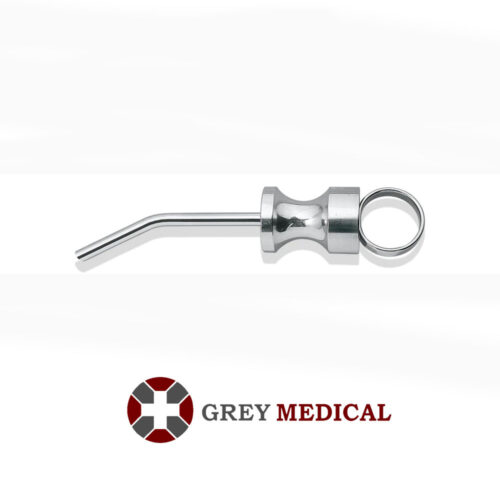Essential Bone Graft Surgical Instruments: A Guide for Precision and Efficiency
Essential Bone Graft Surgical Instruments: A Guide for Precision and Efficiency
Blog Article
Bone grafting is a critical procedure in the field of surgery, playing a pivotal role in orthopedic, dental, and maxillofacial treatments. This technique involves transplanting bone graft tissue to repair or rebuild bones damaged by trauma, disease, or congenital defects. The success of these delicate procedures heavily depends on the quality and design of the instruments used.

Bone Graft Harvesting Instruments
The process of harvesting bone grafts requires specialized instruments to ensure precise and safe extraction. Bone rongeurs, bone chisels, and curettes are among the primary tools used. Bone rongeurs, with their sharp, scooping jaws, enable surgeons to carefully remove or reshape bone tissue. Chisels and mallets, on the other hand, are employed to gently chip away bone fragments. These instruments are meticulously designed to minimize damage to surrounding tissues, ensuring the harvested graft is suitable for transplantation.
Another critical instrument in this category is the bone mill. This tool is used to grind harvested bone into a finer texture, making it easier to shape and fit into the graft site. Advanced bone mills now feature ergonomic designs and durable materials, ensuring surgeons can perform the procedure with minimal effort and maximum precision.
Bone Graft Placement Tools
Once the bone graft is prepared, precise placement is crucial to ensure optimal integration and healing. Bone graft carriers, periosteal elevators, and bone tampers are indispensable for this step. Bone graft carriers allow the surgeon to securely transfer the graft to the target site without contamination. Periosteal elevators, designed with a thin, curved blade, are used to gently lift soft tissues, exposing the underlying bone for graft placement.
Bone tampers, on the other hand, are used to compact the graft material into the defect site. Their ergonomic handles and sturdy construction provide surgeons with enhanced control and stability, ensuring the graft is securely positioned.
Fixation Instruments for Bone Grafting
Stabilizing the graft is a vital part of the surgical process, as it ensures the bone graft remains in place during the healing period. Surgical screws, plates, and clamps are often employed to achieve this stability. Bone clamps, in particular, are designed to hold fragments securely while screws or plates are applied. Many clamps now come with advanced ratchet mechanisms and padded tips to enhance precision and prevent damage to bone surfaces.
In cases involving large defects, surgeons may also use bone distractors and external fixation devices to maintain alignment and support healing. These instruments are often tailored to the specific needs of the patient, making customization a significant factor in their effectiveness.
Conclusion
Bone graft surgeries demand precision, control, and the use of high-quality surgical instruments to ensure successful outcomes. From harvesting to placement and fixation, each step of the procedure relies on tools designed for accuracy and efficiency. Advancements in surgical instrument technology have further enhanced the ease with which these procedures can be performed, offering better outcomes for both surgeons and patients. Investing in reliable, ergonomically designed instruments is not just a necessity—it is the foundation of successful bone grafting. Report this page